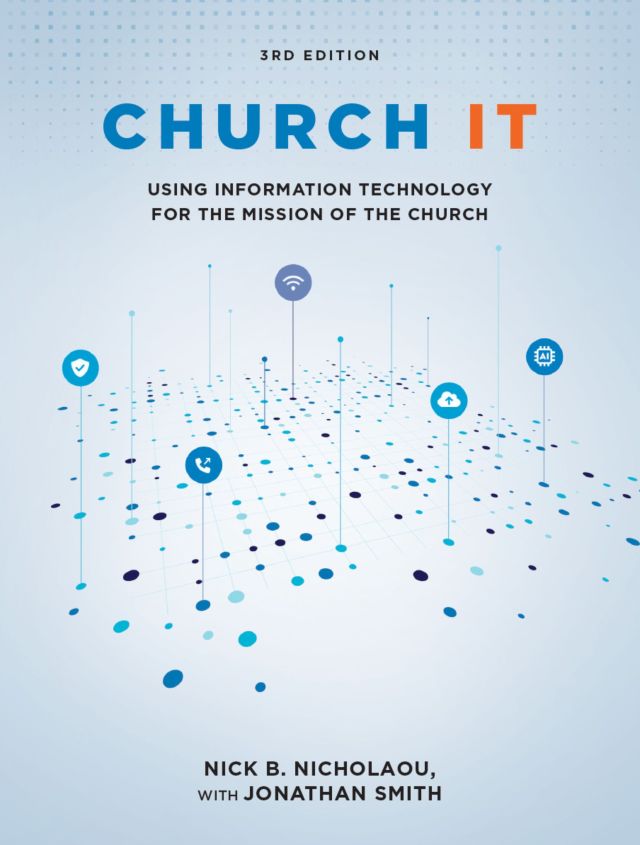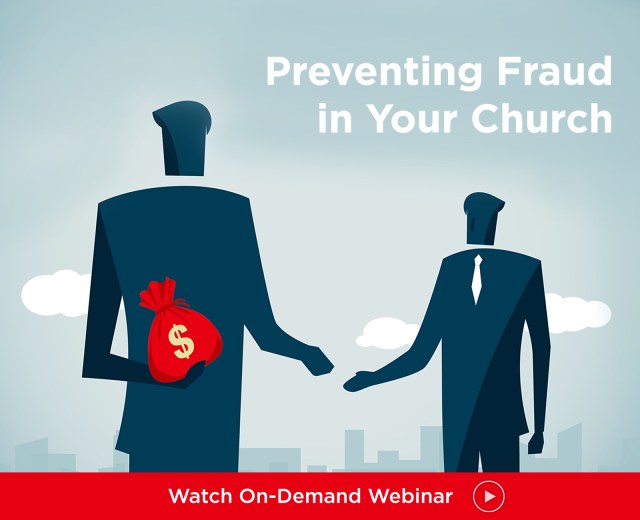• Key point. Churches may be legally responsible for injuries that occur during youth trips as a result of negligent supervision.
A Louisiana court ruled that a church was liable for injuries sustained by a youth group member who was struck by a vehicle while crossing a busy street. This case is very instructive, and should be reviewed carefully. A church’s youth minister took a group of 37 teenagers and 4 adult chaperones to an out—of—town youth evangelism conference. Most attendees were high school age. After checking into their motel, the group went to a McDonald’s restaurant, which was located on a heavily traveled four—lane road. By then it was getting dark, although the area well lighted. The arrival of the youth group immediately crowded the McDonald’s, filling all serving lines. Some of the boys noticed a small pizza parlor in a strip mall across the street with apparently no waiting. Several of the boys in the group decided they would prefer to eat pizza without the wait. Three of the boys asked the youth minister if they could leave, cross the street, and get pizza. The minister said yes, and walked them to the street to make sure they crossed safely. He did not lead the boys to a nearby traffic light because he considered that more dangerous. Meanwhile, three younger boys decided they wanted pizza. They assumed it was okay for them to cross the street since they saw the other three older boys doing so. The younger boys exited the McDonald’s and ran across the street, passing the first group in the middle of the street in an effort to be first in line for pizza. One of the boys was “buzzed” by a speeding minivan when he was in the middle of the street. One of the members of the youth group was a 12—year—old boy with cerebral palsy (the “victim”). When he saw the other boys going to get pizza, he decided he was too hungry to wait at McDonald’s. He did not ask the youth minister or any of the chaperones for permission to leave; he just left the restaurant and started across the street, without stopping or looking. In the middle of the street, he saw headlights. He lifted his arm defensively and was knocked to the ground, sustaining serious injuries.
The victim and his parents sued the youth minister and their church. They asserted that the accident had been caused by the negligent supervision of the event by the youth minister and church. Specifically, they claimed that the youth minister and the chaperones did not prevent the 12—year—old victim from leaving the group; they did not notice him going out the door, crossing the parking lot and proceeding across the street; and they did not escort the boys to the street to assure safe crossing, or lead them to the traffic light where the crossing would be safer. They also claimed that the youth minister and the adult chaperones made no plans for the boys to return safely to McDonald’s after they finished their pizza. In essence, they “abandoned” the boys across the street.
Negligence of the church and youth minister
A court ruled that the youth minister and church were guilty of negligent supervision. It observed:
Temporary custodians of children, such as school personnel and day care workers, are charged with the highest degree of care towards the children left in their custody, but are not insurers of the children’s safety; supervisors must follow a standard of care commensurate with the age of the children under the attendant circumstances. The duty does not require individual supervision of each child at all times and places. However, fairly close supervision is required when students take a walking trip across a major thoroughfare.
The court then made the following comments:
[The youth minister] testified that he placed a high value on discipline and order among the teens on the trip. If he had said no when [the first group of boys] initially asked for permission to leave, we feel certain that everyone would have stayed at McDonald’s and the accident would not have occurred. Letting some students leave McDonald’s was a departure from plans and entailed crossing a busy street. The jury was entitled to find that [he] breached the standard of care by changing the original dining plans and then failing adequately to monitor how many students left for pizza. The chaperones also failed to notice who left McDonald’s.
The court pointed out that even if the youth minister’s conduct was negligent, he could have avoided the accident by properly escorting all of the boys who wished to cross the street. Further, the court concluded that the youth minister and the other adult leaders acted negligently by failing to make arrangements for the boys to return safely to McDonald’s after they finished eating pizza. The court noted simply that “it is negligent for the adult leader to abandon the children.”
Negligence of the 12—year—old victim
Certainly the victim was himself negligent. After all, he started across a busy four—lane street without looking in either direction. Did his own negligence absolve the church and youth minister of liability? No, concluded the court. It observed:
We find that the significance sought by the church’s conduct – keeping and supervising the students in its care – is great. The church was aware of the dangers of inadequately supervising students on a field trip in an unfamiliar town with dangerous traffic. The record discloses nothing that required [the youth minister] to act in haste or without proper thought in altering the dining plans or monitoring the students. Critically, [he] had a superior capacity to prevent the accident; he could have denied the request to leave McDonald’s, or better supervised those who crossed the street ….
We recognize that the church’s duty is commensurate with the age of the child and other attendant circumstances … [But, the youth minister] loosely granted permission to some students without ascertaining exactly how many would be crossing the street, and he and the chaperones failed to assure that only those receiving permission would actually leave, did not notice when [the victim] left, and did not adequately supervise the crossing of a busy street. Under the circumstances, we are obligated to impose more fault upon the church than upon [the 12—year—old victim].
The court concluded that the victim’s “degree of fault” amounted to 30 percent, while the church’s degree of fault was 70 percent. As a result, the church was liable for 70 percent of the jury’s monetary award.
Application. It is common for churches to send youth groups on out—of—town trips that involve restaurant stops. This case demonstrates the importance of maintaining control over the group during such stops. The court in this case found that the church and youth minister were negligent, and their negligence was primarily responsible for the victim’s injuries. Their negligence consisted of (1) altering their dining plans, (2) allowing some students to cross the street without assuring that others stayed behind, (3) inadequately supervising minors inside McDonald’s, (4) not noticing that the victim left, and (5) by failing to supervise all students who crossed the busy street. This is a good checklist for church leaders to keep in mind whenever a church youth group is traveling out—of—town. Bell v. USAA Casualty Insurance Company, 707 So.2d 102 (La. App. 1998). Negligence as a Basis for Liability
© Copyright 1998 by Church Law & Tax Report. All rights reserved. This publication is designed to provide accurate and authoritative information in regard to the subject matter covered. It is provided with the understanding that the publisher is not engaged in rendering legal, accounting, or other professional service. If legal advice or other expert assistance is required, the services of a competent professional person should be sought. Church Law & Tax Report, PO Box 1098, Matthews, NC 28106. Reference Code: m58 c0698




